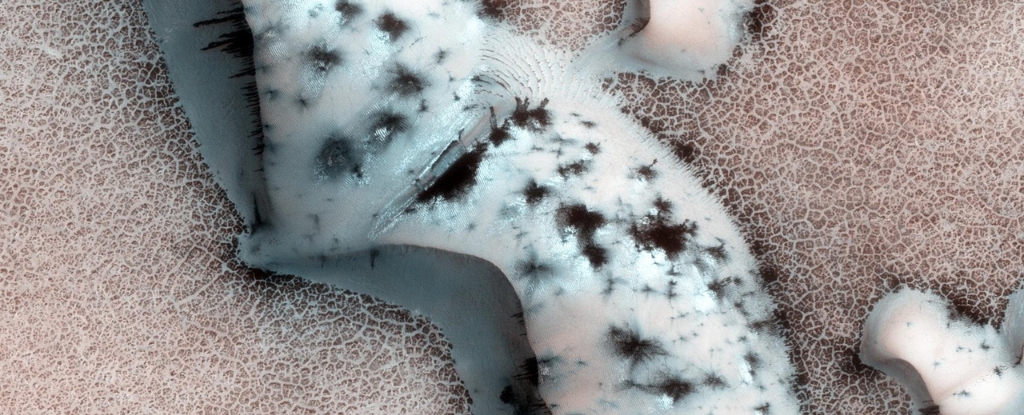As the Coronavirus Pandemic has shown, it is not only known viruses We have to worry: Scientists and physicians also need to be on the lookout for new, emerging variants that may elude current treatments and surprise us.
There are a number of ways we can seek out new viruses that could pose a threat to human health. Monitoring diseases in animals, for example, could give us an indication of viruses that may still be species-skipping.
Unfortunately, there is much work to be done in the search, and not all animal pathogens are designed to infect humans.
A nasal swab test developed by Yale University researchers could quickly alert experts to the presence of an unknown threat emerging in a population without the need for detection virus direct.
Based on initial testing, this could be a quick and effective way to detect hidden viruses that would otherwise be overlooked.
“Although screening animal or pooled human samples could identify undetected viruses, this approach does not specifically identify viruses that can cause human disease,” the researchers write in their published paper.
“Surveillance for unexplained outbreaks targets human pathogens, but may find emerging viruses too late – i.e. after one epidemic has already started.”
The new study builds on that previous research by some members of the same team who were studying an anomaly in the results of nasal swabs already taken from patients suspected of having respiratory infections.
Typical nasal swab tests are said to detect around 10 to 15 known viruses, but the earlier research showed that in some cases there was still evidence that the body was fighting infection even when no virus was detected. In particular, high levels of an antiviral protein called CXCL10, which is made by the nasal mucosa, have been detected.
In the new study, a thorough process of genetic sequencing was applied to old nasal swab samples in which CXCL10 had been found in abundance, proving the presence of a rare influenza virus called influenza C.
Through the same process, the team found four cases of COVID-19 which had remained undiscovered at the time the sample was taken.
A typical hospital might run hundreds of nasal swabs each week showing no sign of a detected virus, but the presence of CXCL10 would indicate the body has sensed a virus is present – meaning the swab deserves closer scrutiny is worth.
In other words, even when viruses are absent from samples, the human body’s response can alert us to new variants that are undetected. Many more emerging viruses could be discovered and studied in this way, the researchers suggest.
This suggests that scanning for CXCL10 could narrow down the samples that should be tested for unknown viruses. It wouldn’t result in a hit in every case, but it would improve efficiency in finding new outbreaks.
“Because this approach relies on immunological recognition of features common to many viruses, it requires no prior knowledge of the pathogen.” write the researchers.
Future research could dig deeper into other proteins that may have the same association and explore how nasal bacteria could also signal the presence of a virus — another link suggested by the new study’s findings.
“Finding a dangerous new virus is like looking for a needle in a haystack,” says immunobiologist Ellen Foxman, from the Yale School of Medicine in Connecticut. “We found a way to significantly reduce the size of the haystack.”
The research was published in The Lancet Microbe.





